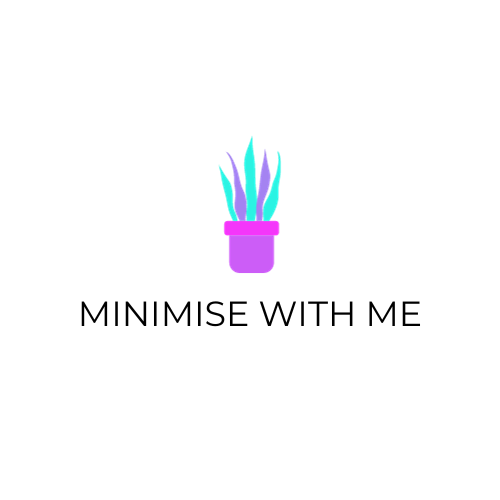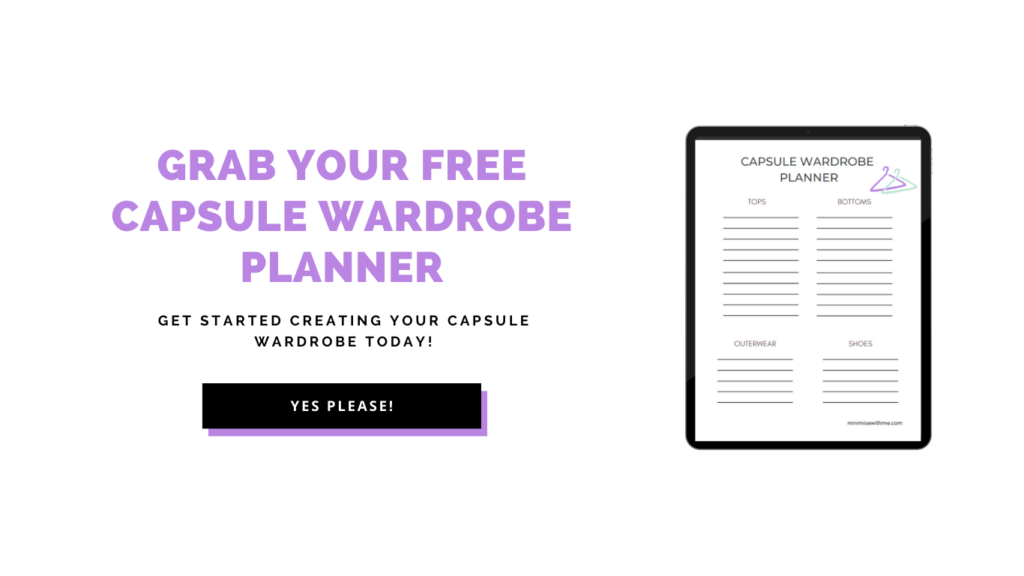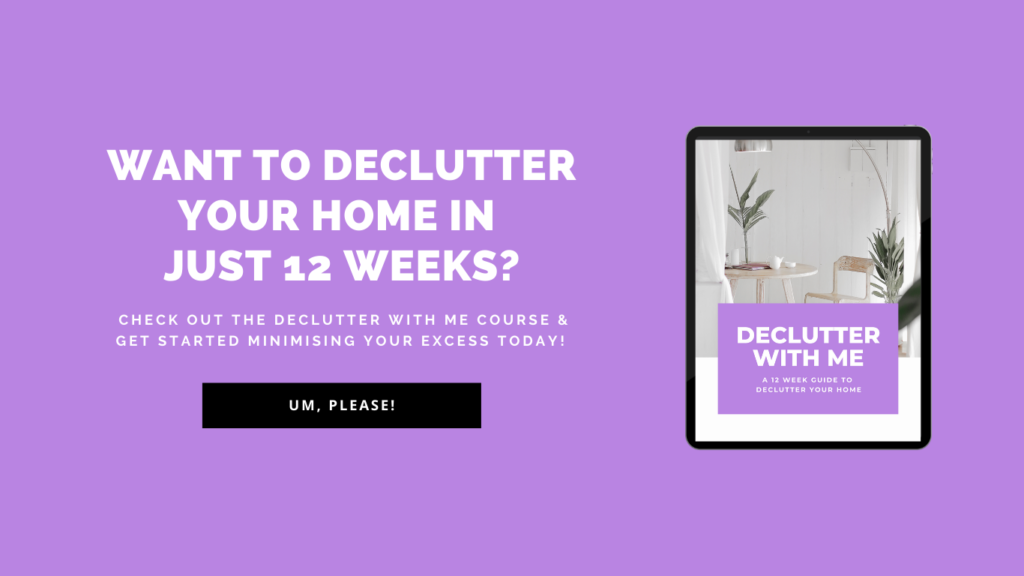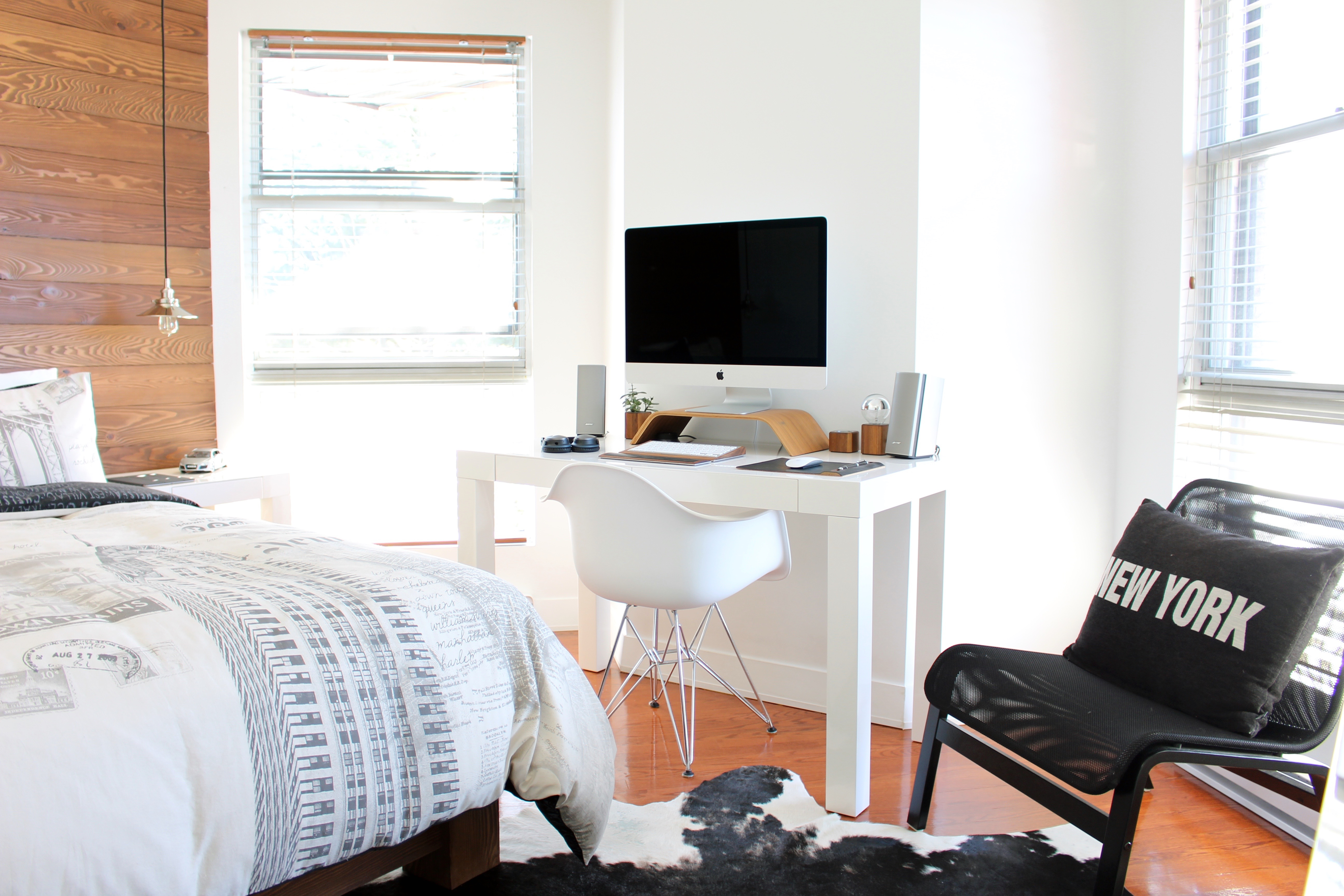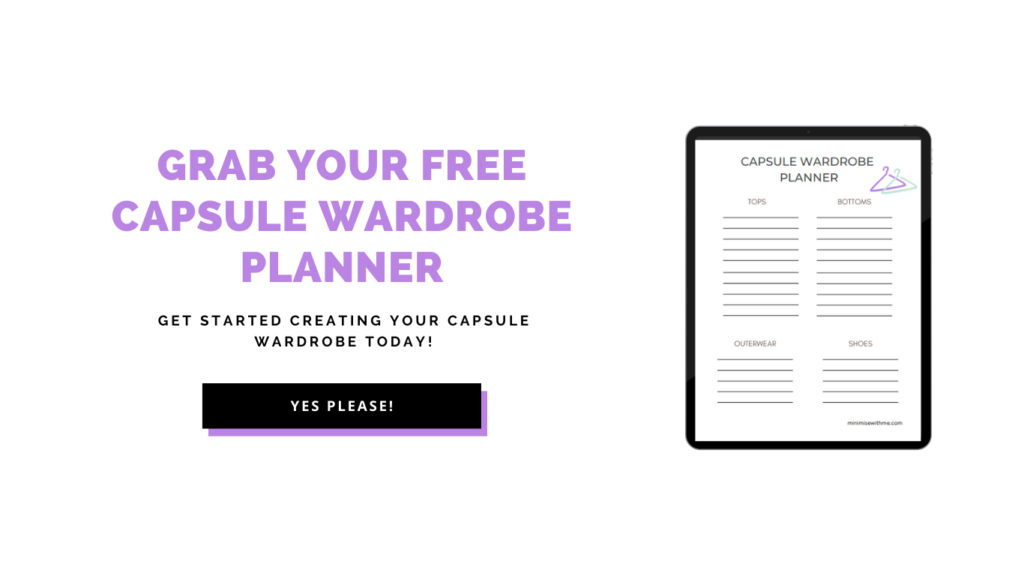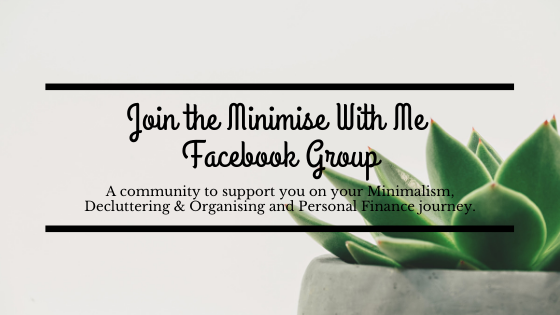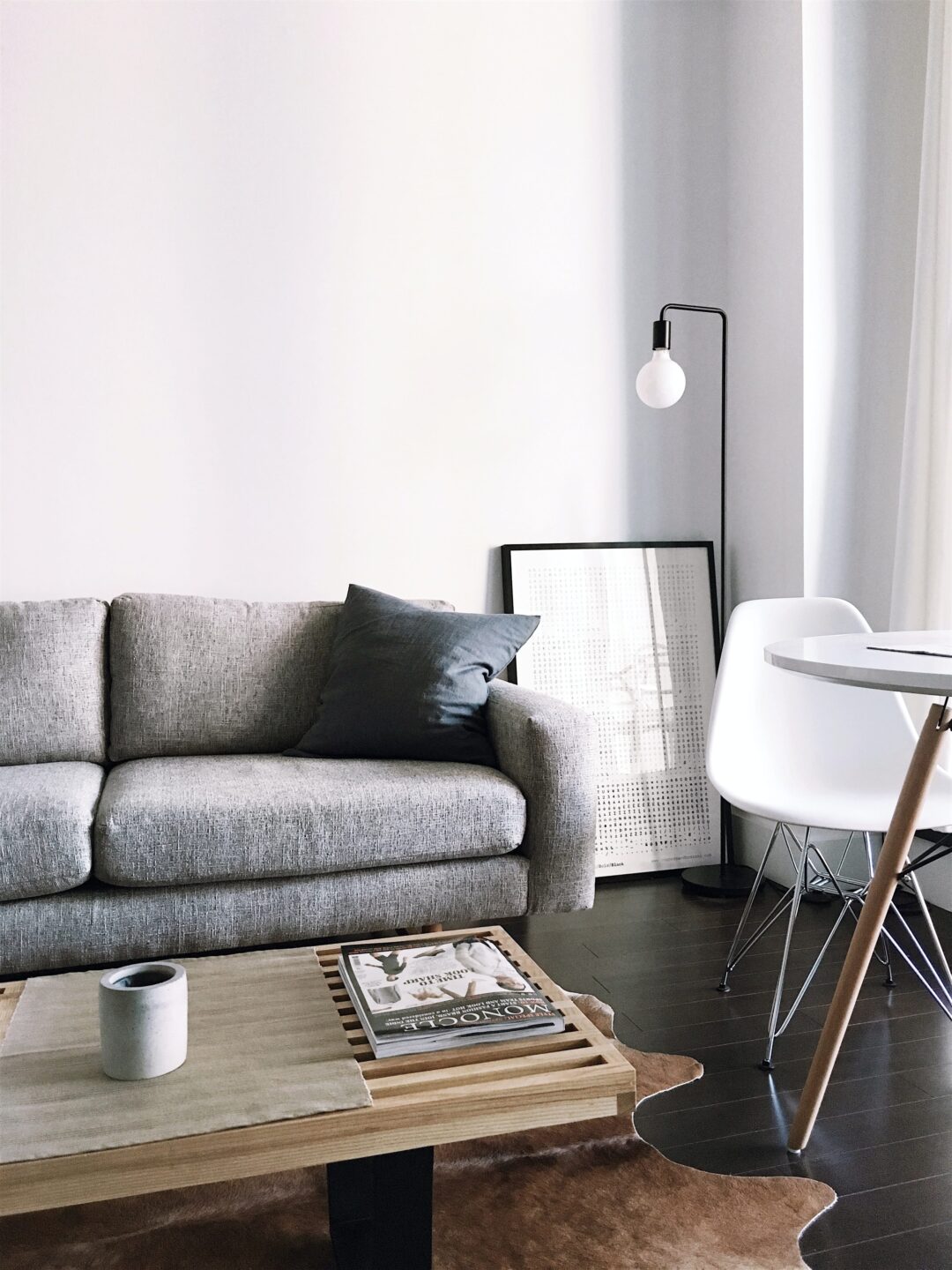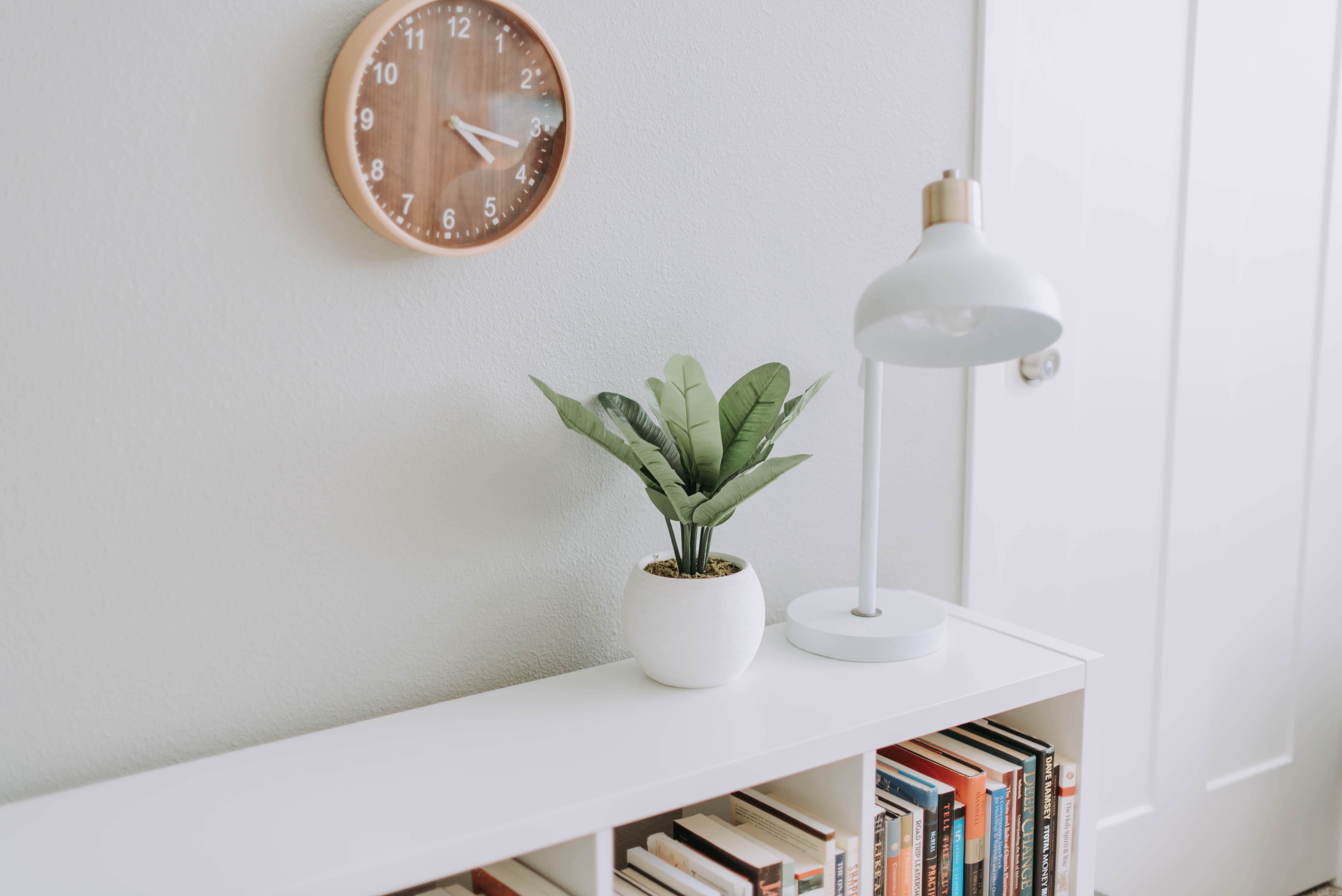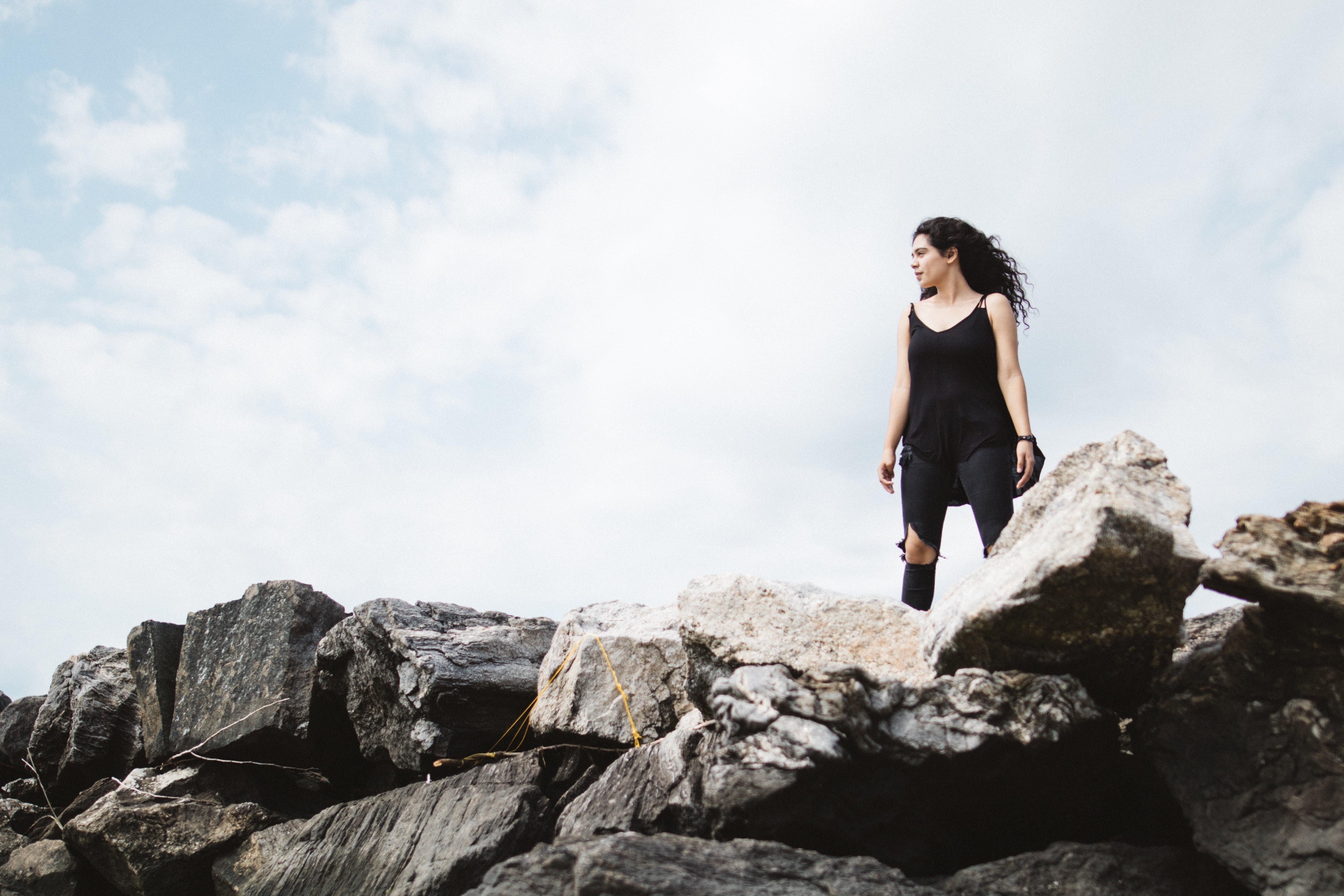In early 2016 after decluttering many items in my home, and really leaning into our #debtfreejourney I got the idea to combine my decluttering and savings goals and try to make some extra cash by selling our clutter. I knew some of our things were worth something and wanted to try my luck at getting some cash for them.
Of course, there are some things you will have to just accept as a Sunk Cost (the money is long gone now). The fact that they are no longer bringing you happiness means they are now costing you in space, time and quite possibly your mental health.
Think about how good it will feel to see your savings climbing. Or how good it will feel to finally get your car into your garage. Or how much easier it will be to find your favourite outfit when you don’t have to pull out 10 pairs of jeans just to find your 1 favourite pair.
If you are holding onto some clutter that no longer adds value to you, it might very well be something someone else would be happy to take off your hands and gain value in. This way you can be kind to the environment by passing it on to a new owner who will love that item as much as you probably did at some point. And a bonus, you can use the cash you bring in from selling an item to put towards a financial goal that is important to you.
One of the hardest things when it comes to decluttering is to think of all the wasted money you spent on these things that you are now getting rid of. There can be a feeling of guilt around all the things you could have done with that money intsead. But it is important to not get frozen by those thoughts. Give yourself some kindness. Remember, that was in the past. Now we are going to move past any feelings of guilt and take action so that we can avoid making those same unintentional purchases in the future.
How I Got Started Selling
When I hit my late 20s, I had been living in my first home for about 5 years. And was amazed to see how many things had accumulated in such a short space of time. I had stuff every where in our modest sized home. Over time I started to notice all the STUFF. I was surrounded. I couldn’t open my drawers. My dining table was covered in crap. And it didn’t feel like a relaxing place to return to.
So I started to go around my home and declutter things. After a bit of decluttering I realised that some of the brand name items or electronics might be worth something. I came across 4 boxes of brand new hair dye that I hadn’t used.
I thought about selling them and soon enough I had put my first item up on eBay. I had bought those hair dye boxes for only $5 each. I wasn’t really sure if I could donate them so I figured I figure I’d try and sell them to someone else who would find value in them.
I listed them on eBay for $10 thinking it would be nice to get some of my money back. By the end of the week, I was amazed to hear my phone go off with numerous bidders for my unwanted hair dye. That listing ended up selling for $37. I couldn’t believe it, I had almost made back double what I had spent on them and also gotten rid of four items out of my house. Talk about winning.
How to Start With Identifying Things to Sell
To get started, you must first identify what you no longer want to hold onto.
In order to do this, you need to get decluttering.
Start with one room at a time so you can focus your effort on a single space and feel like you are moving forward as you finish decluttering each room or space.
To declutter the items that you will (sell or donate) use 4 boxes or containers and label them with the following labels:
- Keep
2. Toss
3. Donate, and lastly
4. Sell.
Once you have sorted your items in the room or space you are decluttering, Toss your trash items, put the Keep pile back in its home and pop the Donation box into your boot, ready to be dropped off as soon as possible to a friend or local charity bin/store.
For your Sell pile, find a location to store your box or container. Perhaps set up a “sell station” in a garage or spare room if you have one.
Question To Ask As You Declutter
To help you get started decluttering here are 3 Questions to help you make decisions on what to let go and what to sell.
1. ‘Do I love this?’
If I did I kept it.
2. Have I used this item in the last 12 months?
If not, it is probably time to let it go. Remember if you really need the item again, you could borrow it from someone or get a second hand one.
3. ‘Would I buy this again today?
That usually helped me differentiate between what I should and shouldn’t keep. Most often the answer to this was No.
With these three questions, I was able to minimise about 70% of the contents of our home.
My Favourite Selling platforms
During my decluttering journey, I used three selling platforms to sell my unwanted times: eBay, Gumtree and Facebook Marketplace. I am sure there are much more available now, but these are the ones I have tried and tested and will limit this blog to discussing. I will go in detail below as to when is best to use the three mentioned above and what the pros and cons are of each.
eBay
When to use eBay:
- You have something to sell that is easy to post domestically
- You want to reach a larger audience
- You want to sell something for what it is worth rather than just what you can give it away for
- To avoid the hassle of meeting with strangers and wasting your time with no shows
- Items are of higher value so you can accept the higher fees
- You want to build up an eBay account with feedback to make your selling into a side hustle
Pros:
- free to list
- no need to pay to bump up ads
- access to the eBay search features with high-detail posts so your items are more easily found by potential buyers
- only pay final value fees & Paypal fees for what you sell
- feedback over time will let your buyers know if you are a quality seller
- you can tick the relist option which will automatically list your ad for the next three auctions
- You can pick the ‘auction’ option and potentially sell your item for more than your base price
Cons:
- high fees, eBay charges on average 10% and Paypal 3-4% so everything you sell will come with a 14% fee
- fees are chargeable on shipping
- the hassle of posting items (but this is offset by no timewasters and not having to give our your address or meet a buyer
- it can be hard to estimate postage costs correctly and you can leave yourself short, not to mention postage is ever going up
- if you take too long to post something or it is damaged in transit etc, you can potentially get negative feedback or have to pay the costs by refunding the customer
- even though with eBay you are entering into a contract, I have had to refund bidders their money when they bought without reading the listing properly. E.g. assuming shipping was free or buying something that was local pick up when they lived interstate.
How to get started: In order to use eBay you will need the following:
- an eBay account
- a Paypal Account (and email address).
- The eBay app (ideal for quickly uploading listings and pics straight from your phone)
Setting up your eBay and paypal accounts are fairly straightforward. Check out the links to get you started. A few things to note:
- Before you start using eBay if you may have to wait around a month for eBay to release your first lot of sale funds. This meant for the first 4 or so weeks of selling on eBay I had to use my own money to cover the shipping costs. It was certainly a hassle, but that was just a once off and I didn’t have to wait for that again.
- You will be billed monthly for the final value selling fees which in my experience are really hard to estimate. But from my averages, it works out to being about 11% of your combined sales and shipping and an additional 3-4% in Paypal fees.
- Your Paypal fees are deducted automatically at the point of sale, and eBay fees are billed monthly. So make sure you don’t spend all your new cash and forget to leave some to cover the fees to eBay.
Selling Tips:
- Before your list your item, do some research and see what the item is worth. You can make an estimate based on the original cost, but I prefer to check eBay for like items before I set the price to see what others are selling them for. I usually start my price at the higher end of what I think I can get for it and then drop it on subsequent listings from there if need be.
- Be aware, once someone bids on your item you have entered a legally binding contract so you won’t be able to change your mind and cancel the bid. Don’t set the price lower than you are willing to take for the items otherwise you will be in for some disappointment.
- eBay has sophisticated data recognition technology so don’t try and dodge out on eBay’s profits. I once cancelled a listing because a guy asked us if he could pay cash on pick up and within a matter of hours we received a warning from eBay that the account had been placed under review. If you make a sale on eBay you are obliged to pay the associated fees. If you don’t your account could be locked or completely banned so keep that in mind and just insist any buyers pay via the app even if they are picking up an item.
- Put as many photos of an item as possible. The more the buyer can see of your item, the more likely they are to buy it and it saves you answering more questions about the item than necessary.
- Provide as many details as you can I.e. Manufacture date, colour, material, wash instructions (I.e. dry clean only, 100% cotton)
- Leave feedback for your buyers. It helps maintain the eBay buyer/seller feedback feature.
Postage Tips These are some lessons I learnt along the way with shipping items. There is a lot to get your head around and it’s best to do your research before you set your shipping prices and leave yourself short.
- Research your shipping costs well. I got stung quite a few times where I only charged say $8 for shipping and ended up having to pay $15 or more! Ask the post office questions when you are there about the cheapest way to ship your item. I found that for months I was being charged $8.50 for posting something I could have posted for $3-4. That was a lot of money down the drain for me and the buyers. I found with the post office staff, they don’t always tell you the cheapest option so do your research on the website in advance as well so you know what it will cost so you can charge appropriately. Be sure to add in the cost of postage bags, bubble wrap and anything else you need to pack the item.
- Don’t guess your item weight, because you will be wrong just get the kitchen scales out and be sure. Funnily enough just this week I paid for a 500g gram bag thinking I would be well under and the item ended up coming to 525g. That extra 25g brought my bill from $8.50 to $13.50 so it was a pretty expensive oversight.
- Pack things well. I had one item get damaged because I assumed it would be okay in a regular bag. I lost my positive feedback streak and was really upset I had ruined someone’s buying experience. Bad feedback hurts so always make the effort to pack things so they arrive safe and sound!
- Don’t ever try and short-change postage. I once sent something and through no knowledge of my own, I had underpaid the postage costs and had to reimburse the buyer. If you try and send something that is heavier or larger than what you paid, your buyer will have to pay the excess when they receive the parcel and you will need to reimburse them if you want a positive experience for the customer and positive feedback on your account.
- For higher-value items, pay extra for tracking if it is not included. I once sent a $150 iPod without tracking and spent the next week crossing my fingers it wouldn’t get lost in the mail. Thankfully it arrived on schedule but definitely worth it for peace of mind to ensure most items, particularly high-value ones have tracking on them!
FACEBOOK MARKETPLACE
When to use Facebook Marketplace: Facebook Marketplace has pretty good reach so for that reason alone it is better than Gumtree, but as it is predominately a local selling platform your main buyers will be within driving distance so you won’t have the reach you would have on eBay. It’s also, at least in it’s current state, fee free which is a huge bonus! The app allows you to enter a location range, so no one will know your address until you decide to give it to them but they will have a rough idea of the area where the item is located so they can decide if your item is in driving distance for them.
Pros:
- No fees
- Great reach to local buyers
- Easy to post listing with the Facebook app
- There is a 🙂 and 🙁 rating system which helps know if people are worth working with which I think is a great feature
Cons:
- The marketplace section of the Facebook app can be buggy, I found it defaulted to some European locations and I had to log into my PC in order to fix it. I also had one post that said it was listed but I couldn’t find it under my listings.
- With the ease of the direct message I found at times I was being bombarded with messages with people asking silly questions E.g. Will you deliver the item? I didn’t have those issues with eBay or Gumtree.
- I found people were generally more rude and annoying on the messenger app. I’d often get default messages saying ‘Is this available’ and then no response to my reply. Or being asked what is your address before I had even engaged in a conversation with people which made me feel pretty uncomfortable. Again, eBay and Gumtree were preferable for that reason as their message systems are a bit more removed so you don’t get very abrupt messages at least not in my experience so far.
How to get started:
You more than likely already have a Facebook account (if not simply sign up at www.facebook.com). All you need to do is select the menu item at the top middle of your Facebook home page or Facebook app ((that looks like a market).
For more info on using Facebook Marketplace check out the following link. Then click on Sell Something + and fill in the form below with your items details. Next add your photos. Don’t forget to mark your item as sold when it is no longer available and leave a 🙂 or 🙁 for your buyer.
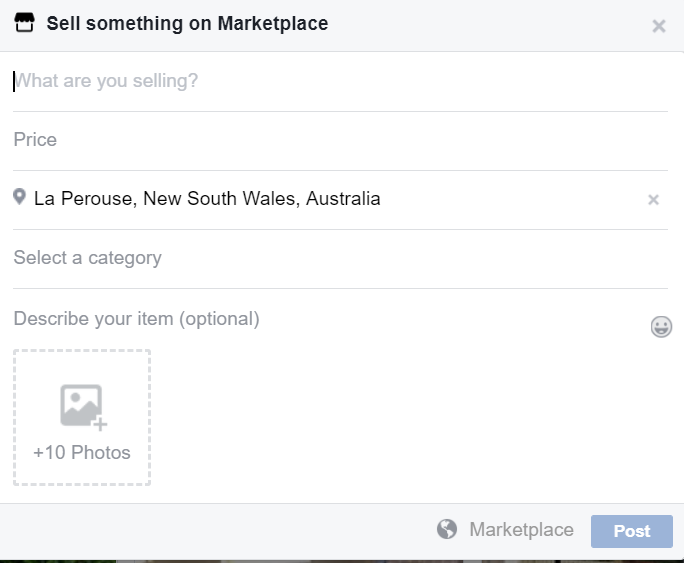
Selling Tips:
- Similar to the above ones I listed for eBay, make sure you put lots of photos and as much detail about your items as possible. The more you include, the less questions you will be asked… hopefully.
- For your safety and convenience don’t give out your address or meeting place until you have agreed on a price and time. The last thing you want is someone rocking up at your house when you are out and insisting you hurry up to meet you. Or meet in a public place to avoid any risks with someone coming to your house.
- Price your item higher than what you actually want for it. You will more often than not have to accept a lower offer.
- Don’t be afraid to stand your ground on your lowest price. If you have patience you will sell it. But of course, if it is something you just want to get rid of it, negotiate and get rid of it!
GUMTREE
When to use Gumtree:
- You want to sell something locally especially big bulky items like furniture or a BBQ – avoiding postage costs and hassle.
- You want to try and limit fees on the sale like Ebay and PayPal fees
- You’re not to fussed on what money you can get for an item
Pros:
- Reach local buyers
- Sell items quickly
- You can list items as negotiable, free or trade or swap
- Can pay to boost ads to get more reach for a quicker sale
Cons:
- Low balling of prices
- Be prepared to negotiate on price
- Risk of people coming to your house if you choose to do that. Facebook seems a bit more connected to the actual person.
- Low reach visibility of listing after a couple of days unless you pay to bump or sponsor your ad
How to get started: Sign up for Gumtree and select Post an Ad.
Add a Title for your item and select the most appropriate category. Gumtree will pick one for you by default which you can change if need be.
Gumtree also allows you to select whether the price is negotiable, free or a swap or trade and allows a minimum offer amount to be set.
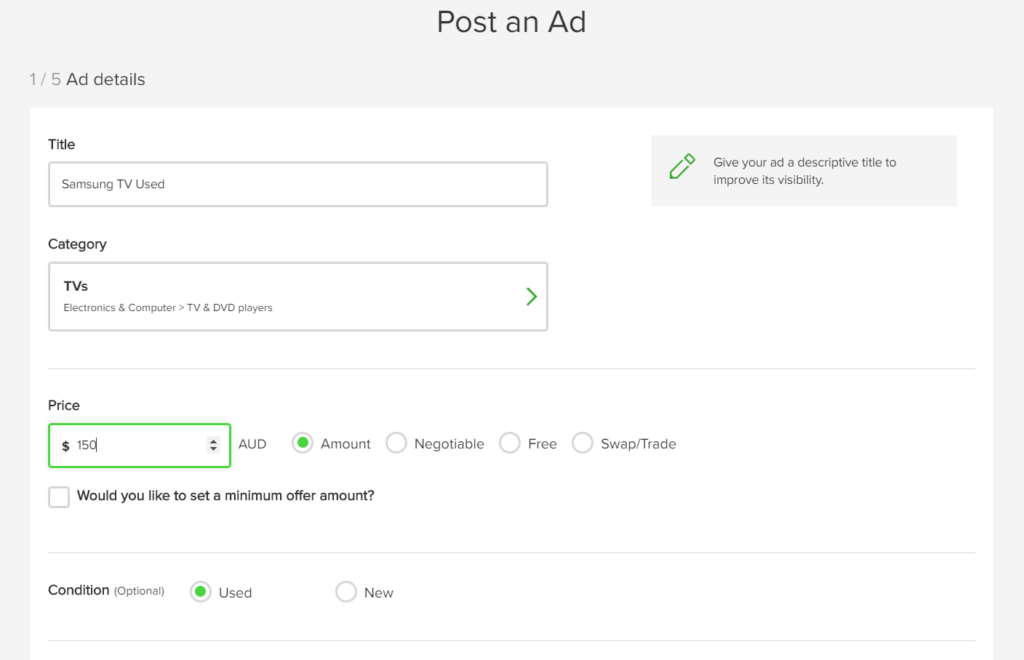
You can select a free listing which is what I usually do, but if your item is something more valuable it might be worth investing a few bucks into getting your ad Featured to reach more buyers.
Selling Tips:
- Price the item higher than you want. People will lowball you, so if you want to sell something for $50, price it at $75 and you’ll generally be able to get what you wanted for it. Though of course, avoid overpricing your item or it will not sell.
- When posting on Gumtree the first few days will be when your ad is most visible on the Free listing options. After a few days, it will start to be dropped into the abyss of items available for sale which means not as many people can see your ad. This is Gumtree’s attempt at getting you to bump up your ad to the top, which is of course how they make their money. If you are selling something for $300 or more it might be worth paying the fees to get a featured ad to sell your item quickly, but if you are trying to sell something for $20 I don’t recommend it. What you can do, is delete the ad and relist it as a new ad which will bring your ad back to the earlier search results.
- Monitor your Ads position in your chosen categories pages. The ad will tell you what page it is listed on. If it’s anything after page 5 or so, it is going to get harder for people to find your ad and you might want to bump it up or try and relist it or relist it somewhere else.
- You don’t have to provide your address until you are ready to accept an offer. Meet in a safe public place ideally. Never invite someone into your home and make sure someone is always home with you if people are coming to your house.
There you have it! What are you waiting for? 🙂
Now I set you a challenge. Go through your home and start looking for things you can sell and get selling!
Good luck and please let me know in the comments how you’re going with it! 🙂
Do You Want Help With Spending Your Money With Intention?

If you want to learn how to spend your money with intention and in line with your values and take the stress and anxiety out of your money, book in for a free Q&A call to see how Minimise With Me financial coaching can help you gain clarity around your finances!
You can learn more about my financial coaching services and how I can help you achieve your financial goals here.
How much money have you made selling your unwanted clutter online? And what items did you find were the most successful? Let me know in the comments, I’d love to hear about your successes 🙂
[Photo: Raw Pixel, Unsplash.com]
